Overview
This tour is a great way to see the best of Old and New Delhi in one day. It’s a private tour, so you can customize it to your interests. Your guide will be knowledgeable about Delhi and will be happy to answer any questions you have. You’ll head to the Old City, where you’ll visit the Jama Masjid, the Red Fort, and the Chandni Chowk Market. You’ll drive to New Delhi, where you can see the India Gate, the Parliament House, and the Rashtrapati Bhavan.
| PICK-UP LOCATION | Delhi, India | |||||||
| DESTINATIONS COVERED | Old Delhi and New Delhi | |||||||
| WEAR | Comfortable Clothing, Comfortable Shoes, Hat, Sunglass and Sunscreen. | |||||||
| INCLUDED |
|
|||||||
| NOT INCLUDED |
|
|||||||
| IMPORTANT NOTE |
|
Pick-up from your desired location
Your private car will pick you up from your hotel, train station, airport or your desired location, and your experienced guide will accompany you throughout the trip. Buckle up as you set off on an exciting adventure into the heart of Delhi.
Red Fort
Next, proceed to the iconic Red Fort, a UNESCO World Heritage Site and a symbol of Mughal power. Fort was built by Mughal emperor Shah Jahan in 1638 and served as the capital of the Mughal Empire for over 200 years. Explore its imposing red sandstone walls, beautiful gardens, and majestic structures like a number of impressive buildings, including the Diwan-i-Aam, the Diwan-i-Khas, the Moti Masjid, and the Naqqar Khana. The Diwan-i-Aam was the hall where Shah Jahan held public audiences. It is a large hall with a vaulted roof and a marble floor. The Diwan-i-Khas was the hall where Shah Jahan held private audiences with his close advisors. It is a smaller hall with a more intimate setting. The Moti Masjid is the Pearl Mosque, which is a beautiful white marble mosque located within the Red Fort complex. The Naqqar Khana is the Drum House, which is where the Mughal soldiers would beat drums to announce the arrival of the emperor. Immerse yourself in the history and architectural brilliance of this historical marvel.
Jama Masjid
Next, prepare to be enchanted as you step into the heart of Old Delhi with a visit to the awe-inspiring Jama Masjid, a true architectural marvel and one of the largest mosques in India. As you approach the magnificent entrance, the sheer scale and grandeur of this sacred place will leave you in awe.
As you step inside, the air is filled with a sense of tranquility and devotion. Allow yourself to be immersed in the spiritual ambiance that permeates every corner of this sacred space. Admire the intricate details of the mosque’s red sandstone and marble façade, a testament to the exquisite craftsmanship of the Mughal era.
While you soak in the stunning vistas, your guide will regale you with captivating tales of the mosque’s history, its significance in Islam, and its enduring legacy. Feel a sense of reverence as you learn about the architectural techniques employed in its construction and the stories of the rulers who envisioned and built this extraordinary place of worship.
Chandni Chowk
Just a stone’s throw away from Jama Masjid lies Chandni Chowk, an enchanting maze of bustling streets and Delhi’s oldest and liveliest market. Step into a rickshaw and allow yourself to be whisked away through its narrow lanes, a sensory extravaganza awaiting your exploration.
Immerse yourself in a world of vibrant colors and enticing aromas as you pass by shops that spill over with exquisite textiles, glittering jewelry, aromatic spices, and irresistible street food. The air is alive with the symphony of sounds, from the haggling of shopkeepers to the sizzling of savory delicacies being prepared right before your eyes.
Let your taste buds embark on an unforgettable culinary adventure as you sample the legendary street food of Delhi. Savor the tangy, spicy flavors of chaat, indulge in the melt-in-your-mouth kebabs, and sip on the frothy goodness of a traditional lassi. Chandni Chowk is a food lover’s paradise, where every bite is an explosion of taste that leaves you craving for more.
Amidst the shopping and gastronomic delights, catch glimpses of architectural wonders that stand as silent witnesses to Delhi’s glorious past. The imposing facades of havelis (traditional mansions) and the intricately designed Jain temples offer a captivating glimpse into the rich heritage of this historic area.
A visit to Chandni Chowk is not just a shopping expedition; it is an immersive experience that allows you to embrace the soul of Delhi. The amalgamation of culture, history, and the joy of discovery makes this bustling market an integral part of any journey through the heart of the city.
Lunchtime
Take a break from your adventures and savor a delicious lunch at a renowned local restaurant, where you can taste authentic Delhi cuisine.
India Gate
Proceed to the iconic India Gate, an awe-inspiring and prominent landmark that stands tall in the heart of New Delhi. As you approach, be captivated by its majestic presence and the historical significance it holds.
Take a leisurely stroll along the well-manicured lawns that lead up to the gate, breathing in the fresh air and relishing the vibrant atmosphere that surrounds this bustling area. The symmetrical design and intricate architecture of India Gate make it a photographer’s delight, with picture-perfect moments at every turn.
Pause at the Amar Jawan Jyoti, a solemn and poignant memorial that pays tribute to the brave Indian soldiers who made the ultimate sacrifice in World War I and World War II. Let your thoughts drift to their selfless acts of heroism and honor their memory with a moment of reflection.
India Gate is not merely a monument; it is a symbol of national pride, unity, and resilience. Feel the pulse of the nation as locals and tourists gather here, forming a tapestry of diverse cultures and shared experiences.
The Indian War Memorial
The Indian War Memorial, also known as the National War Memorial, is a war memorial located in New Delhi, India. It was built to commemorate the soldiers of the Indian Armed Forces who have died in all wars and peacekeeping missions since Independence.
The memorial is located in the heart of Delhi, near India Gate. It is a large, rectangular complex with four main components:
- The Amar Chakra (Circle of Immortality): This is the central feature of the memorial. It is a circular platform with 1644 granite blocks, each bearing the name of a soldier who died in battle.
- The Param Yodha Sthal (Hall of Velour): This is a gallery that houses the statues of 21 Param Vir Chakra (PVC) and 142 Maha Vir Chakra (MVC) awardees.
- The Tyag Chakra (Circle of Sacrifice): This is a circular pool with 13,516 fountains, each representing a soldier who died in battle.
- The Raksha Chakra (Circle of Protection): This is a circular garden with trees planted in the names of the Indian states and union territories.
The Indian War Memorial is a solemn and moving tribute to the sacrifices made by the Indian Armed Forces. It is a must-visit for any visitor to New Delhi who wants to learn more about the history of India’s military.
Raj Ghat
Raj Ghat is a memorial to Mahatma Gandhi, the leader of the Indian independence movement and the Father of the Nation. It is located on the banks of the Yamuna River in New Delhi, India.
Gandhi was assassinated on January 30, 1948, and his body was cremated at Raj Ghat. The memorial was built shortly after his death and consists of a black marble platform with a simple inscription that reads “He Ram” (meaning “Oh, God”). The platform is surrounded by a garden and an eternal flame burns at one end.
Rajghat is a popular tourist destination and a place of inspiration for many Indians. It symbolizes Gandhi’s legacy and his non-violent struggle for Indian independence.
Raj Ghat is a quiet and peaceful place to reflect on the life and legacy of Mahatma Gandhi. It is a reminder of his commitment to nonviolence and his vision of a united and peaceful India.
Here are some tips for visiting Raj Ghat:
- Dress respectfully. Visitors are required to remove their shoes before entering the memorial area.
- Be mindful of your surroundings. The memorial area is a place of peace and reflection, so please respect the other visitors.
- Take your time. There is no need to rush through your visit. Take some time to walk around the memorial area and reflect on Gandhi’s life and legacy.
Leave your mark. Visitors are encouraged to write their thoughts and prayers on the walls of the memorial area.
The Parliament House of India
The Parliament House of India, also known as Sansad Bhavan, is a majestic building located in New Delhi. It is the seat of the Indian Parliament, which is the supreme legislative body of the country. The Parliament House is a popular tourist destination, and it is open to visitors during certain hours.
The Parliament House was designed by Edwin Lutyens, an English architect who also designed other notable buildings in New Delhi, such as the Viceroy’s House (now Rashtrapati Bhavan) and the Secretariat Buildings. The Parliament House is built in the Indo-Saracenic style, which is a blend of Indian and European architectural elements. The building is made of red sandstone, and it has a large dome in the center.
Rashtrapati Bhavan
Rashtrapati Bhavan, the official residence of the President of India, is a popular tourist destination in New Delhi. The building is located on Raisina Hill, in the heart of the city, and it is surrounded by lush gardens.
Rashtrapati Bhavan was designed by Edwin Lutyens, an English architect who also designed other notable buildings in New Delhi, such as the Parliament House and the Secretariat Buildings. The building is built in the Indo-Saracenic style, which is a blend of Indian and European architectural elements. It is made of red sandstone, and it has a large dome in the center.
Humayun’s Tomb
Now, prepare to be transported back in time as you journey towards New Delhi and discover the magnificent Humayun’s Tomb, a true gem and another UNESCO World Heritage Site. Marvel at the exquisite Mughal architecture that graces this mausoleum, surrounded by lush gardens that whisper tales of the past.
As you approach the grand entrance, let the intricate details and symmetrical design of Humayun’s Tomb captivate your senses. Admire the red sandstone structure adorned with delicate marble inlays, a masterpiece that seamlessly blends Persian and Indian architectural styles.
Humayun’s Tomb, with its intricate marble work and elegant domes, served as a significant inspiration for the iconic Taj Mahal. Allow yourself to be captivated by the similarities between the two structures, marveling at the architectural lineage that connects them. Your guide will enlighten you with captivating anecdotes, adding depth to your experience and fostering a deeper appreciation for this architectural wonder.
Lotus Temple
The Lotus Temple, an architectural marvel in Delhi, India, stands as a symbol of tranquility and inclusivity. This modern masterpiece, designed by Iranian architect Fariborz Sahba, is an enchanting nine-sided structure crafted from pristine white marble, resembling a resplendent lotus in full bloom.
Nestled amidst serene gardens and soothing fountains, the Lotus Temple offers a serene escape from the bustling city. Its 27 free-standing marble petals, arranged in a radiant pattern, gracefully rise towards the sky, allowing radiant natural light to cascade into the spacious interior.
Step inside to discover a vast, column-free space that exudes an airy ambiance. The pure white marble walls, adorned with intricate carvings, create an atmosphere of ethereal beauty and serenity. As you wander through this sanctuary, you are reminded of the harmonious coexistence of all faiths and the unity that transcends religious boundaries.
As one of the largest Bahá’í Houses of Worship in the world, the Lotus Temple welcomes visitors of every creed, inviting them to find solace, reflect, and embrace the message of peace that resonates within its hallowed walls.
Qutub Minar
Conclude your unforgettable day by visiting the majestic Qutub Minar, an architectural masterpiece and the world’s tallest brick minaret. Prepare to be awe-struck as you explore the complex, where ancient ruins and the captivating Quwwat-ul-Islam Mosque await.
The Qutub Minar complex is not just about the minaret; it is a treasure trove of history and architectural brilliance. Discover the remnants of ancient temples, ornate pillars, and the stunning Iron Pillar that has stood the test of time for over a millennium.
Immerse yourself in the serene ambiance of the Quwwat-ul-Islam Mosque, one of the oldest mosques in India. Admire the elegant arches, intricate calligraphy, and the fusion of Hindu and Islamic architectural elements that make this mosque a captivating sight.
Listen attentively as your guide unravels the rich history and architectural significance of this UNESCO World Heritage Site. From its origins as a symbol of Islamic rule to its transformation into a cultural and historical landmark, the stories that surround Qutub Minar will leave you enthralled.
As you reflect on your day’s journey through Old and New Delhi, the Qutub Minar stands as a testament to the enduring spirit of India’s architectural heritage. The stories of the past, the architectural marvels, and the cultural tapestry of Delhi will stay with you long after you leave, ensuring that your visit to this vibrant city remains eternally etched in your heart.
Connaught Place
Connaught Place, also known as Rajiv Chowk, is one of the most famous tourist destinations in New Delhi, India. It is a large, circular, pedestrian-only marketplace that is home to hundreds of shops, restaurants, and cafes.
Connaught Place was designed by Edwin Lutyens, an English architect who also designed other notable buildings in New Delhi, such as the Parliament House and Rashtrapati Bhavan. The area was originally called the “Connaught Circus” after the Duke of Connaught, who was the uncle of King George V.
The circular shape of Connaught Place is said to be inspired by the Chaura Chaura Ghat in Varanasi, a sacred Hindu bathing spot. The four broad roads that radiate from the center of Connaught Place are named after the four provinces of British India: Queen’s Way (now Janpath), King’s Way (now Parliament Street), Connaught Place Outer Circle, and Connaught Place Inner Circle.
Connaught Place is a popular place for both tourists and locals to shop, eat, and socialize. The shops in Connaught Place sell a wide variety of goods, from clothes and souvenirs to electronics and antiques. There are also many restaurants in Connaught Place, serving Indian, Chinese, European, and other cuisines.
In the evenings, Connaught Place comes alive with street performers, musicians, and dancers. It is a great place to wander around and soak up the atmosphere of the city.
Take a rickshaw ride. Rickshaws are a popular way to get around Connaught Place. They are a fun and inexpensive way to see the sights.
Return to your hotel or your desired location
After a day filled with remarkable experiences and lasting memories, your private car will take you back to your hotel or your desired location, marking the end of your one-day private trip in Old & New Delhi.
Note
This is just one possible itinerary for a one-day private trip in Old and New Delhi by car. You can customize it according to your interests and preferences. Your guide will be happy to help you, so plan your day trip and make sure you have a memorable experience.

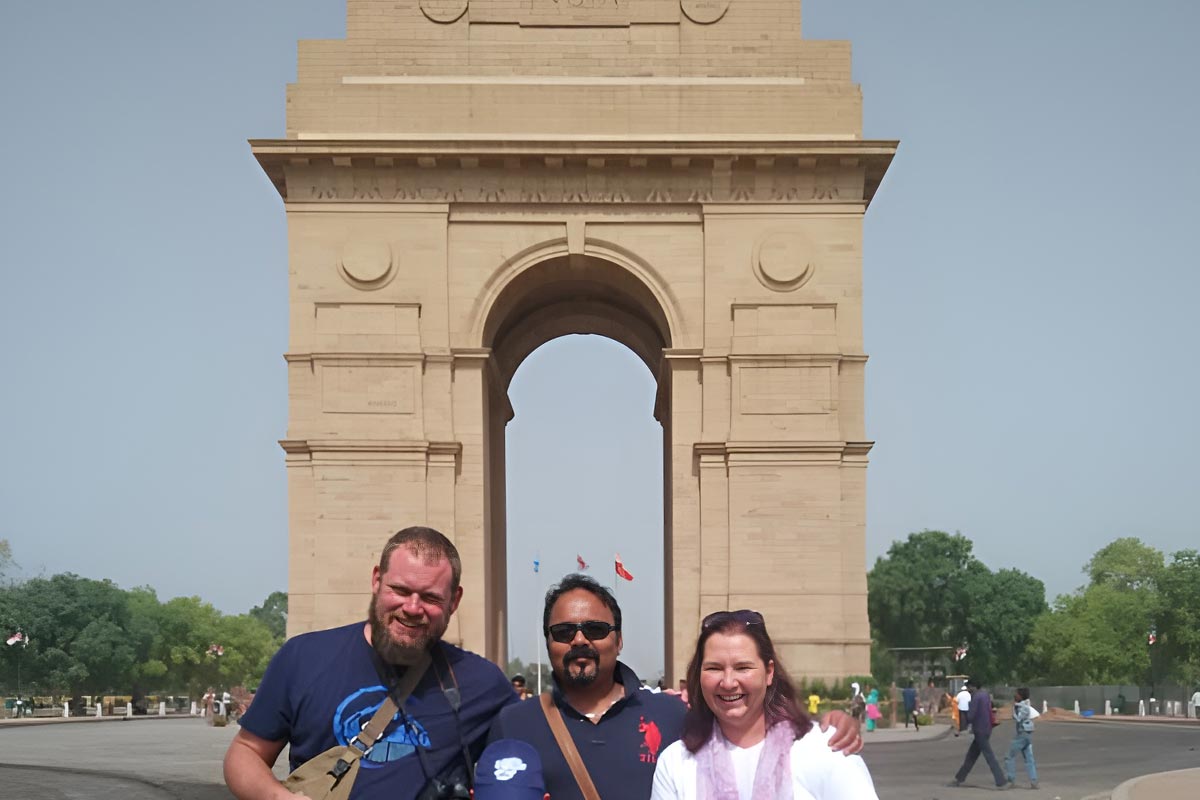

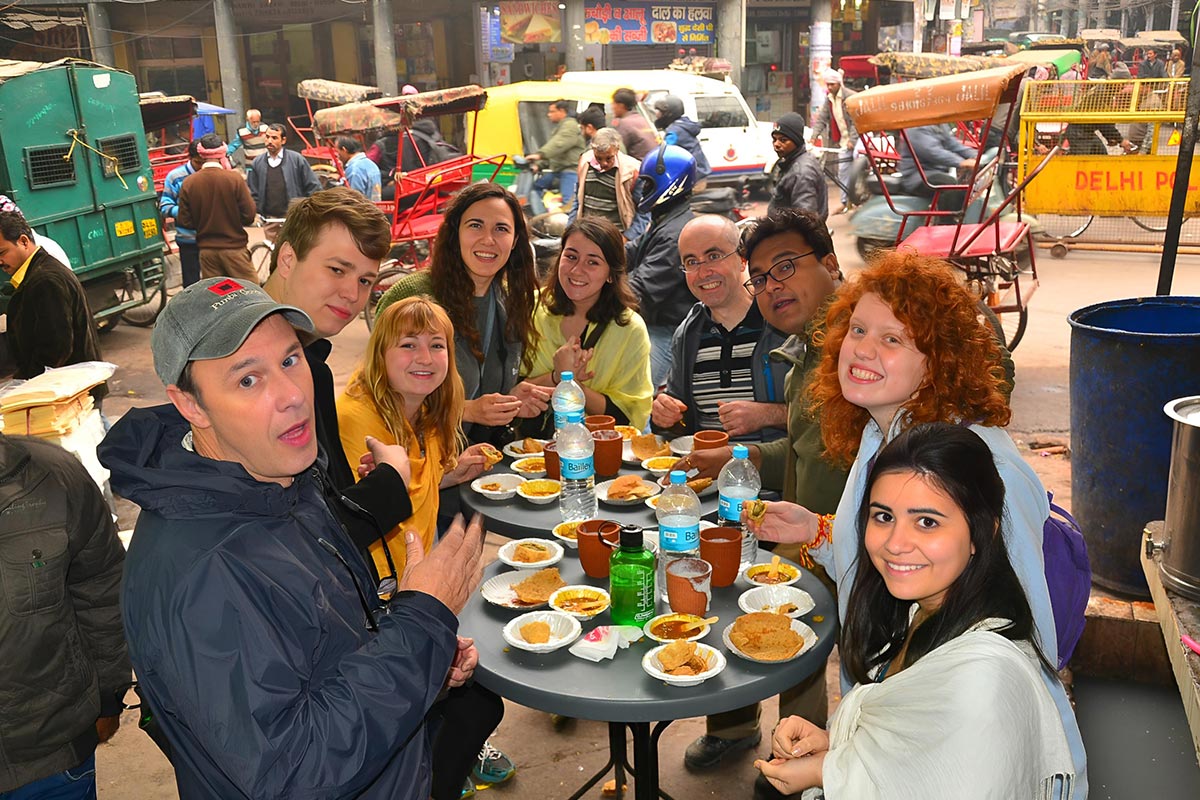
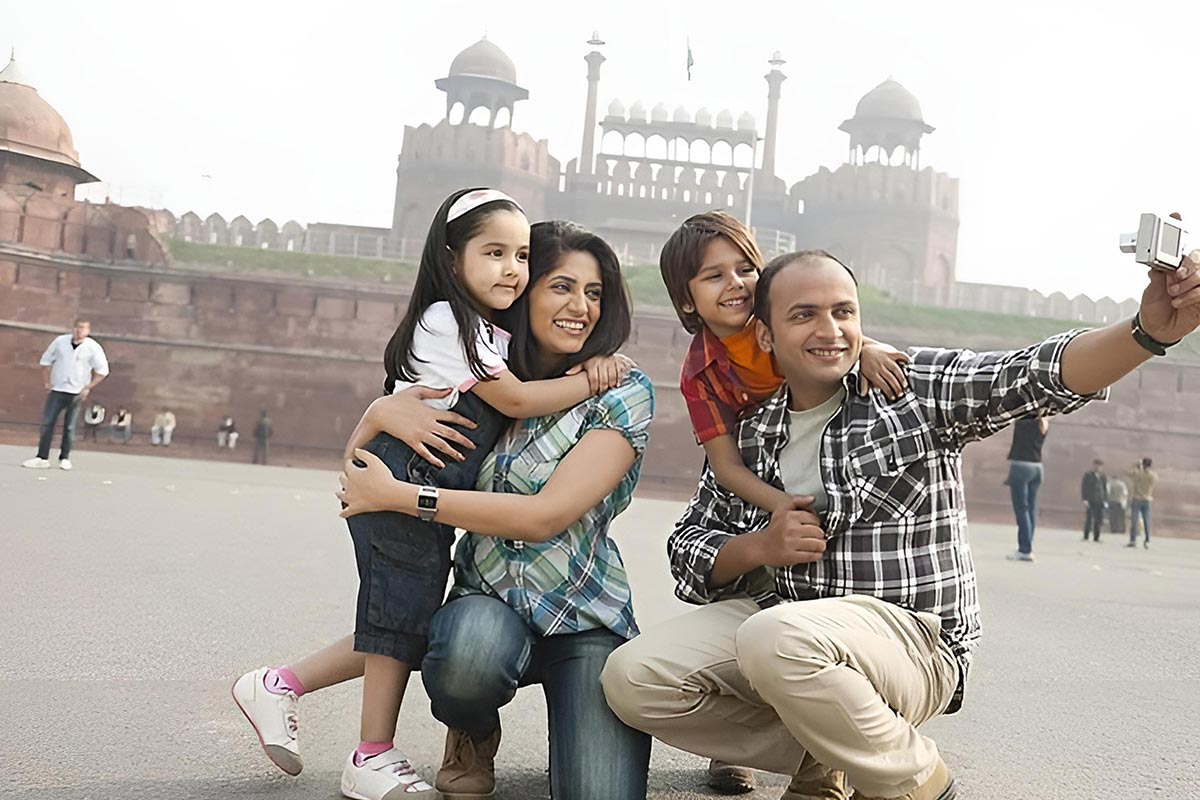
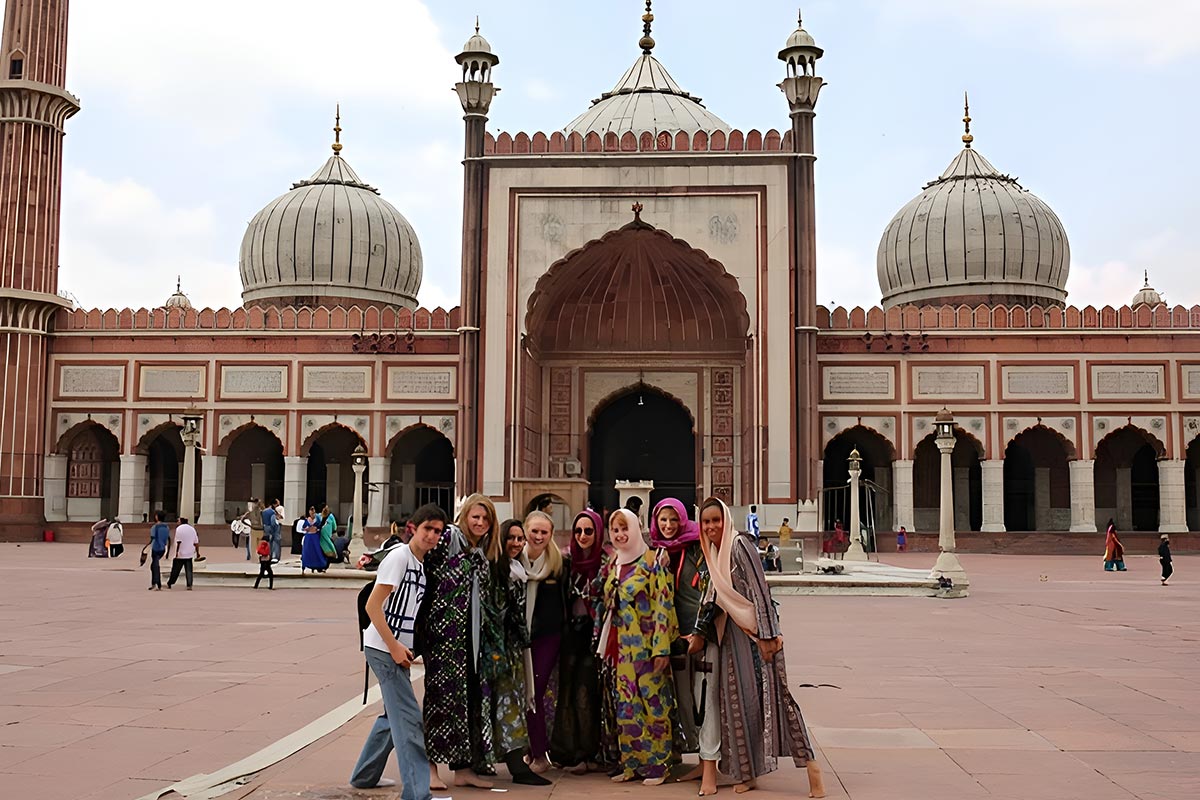
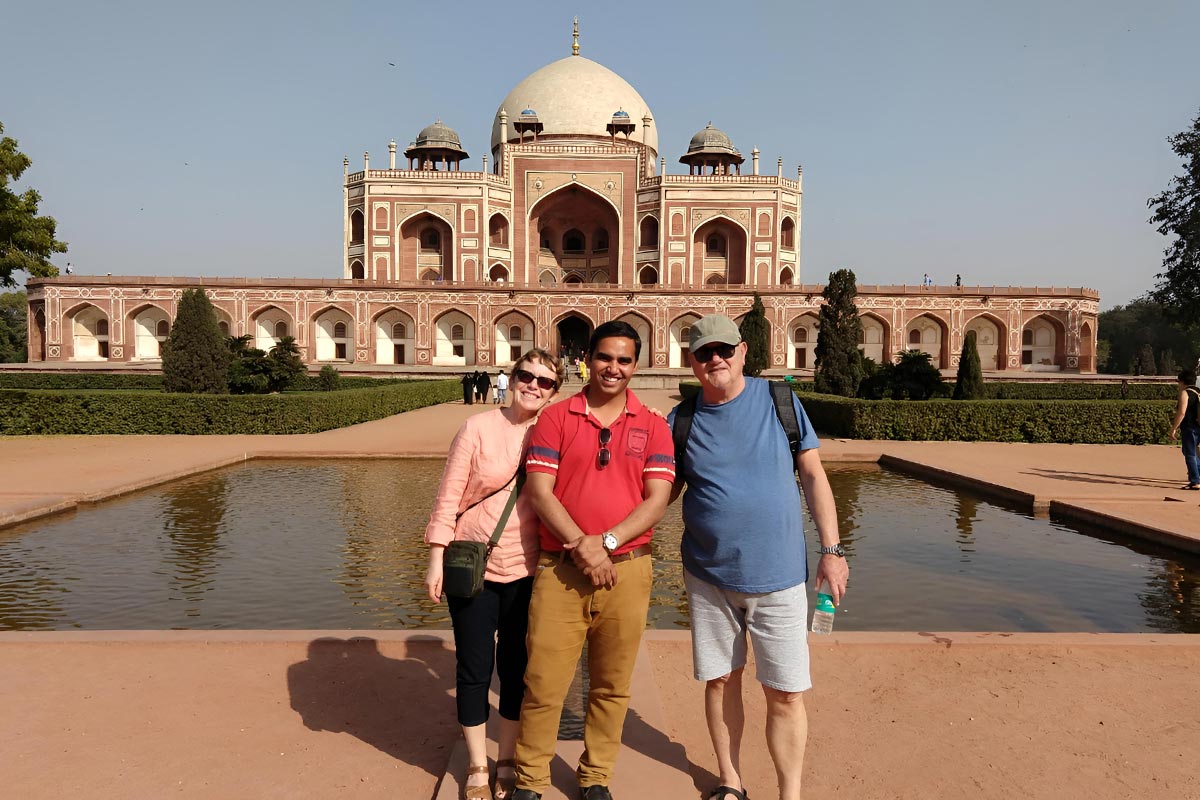
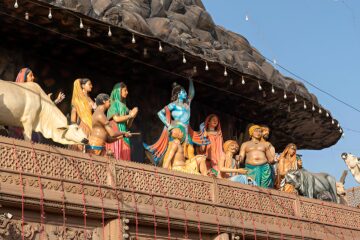
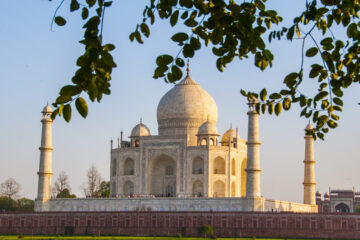
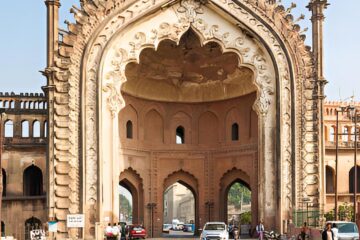
Tour Reviews
There are no reviews yet.
Leave a Review